AISSAT-1, -2, and -3
Space-based Automatic Identification System (AIS) detection for maritime assets
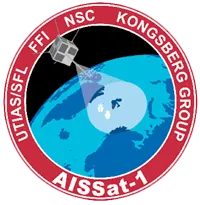
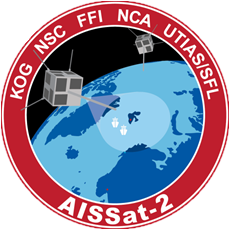
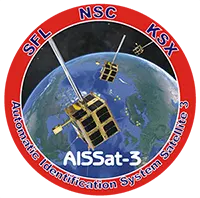
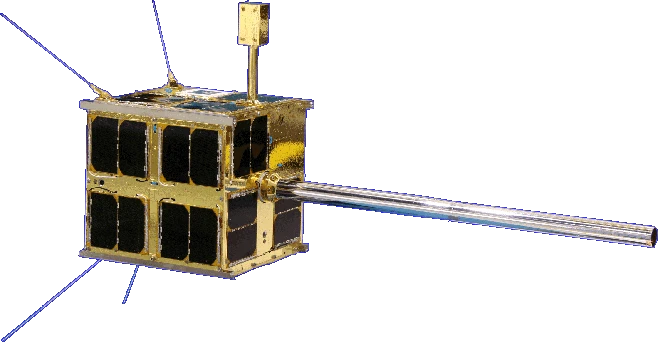
The AISSat mission is made up of 7-kilogram nanosatellites constructed by SFL for the Government of Norway. The primary mission of AISSat-1 was to demonstrate the feasibility and performance of space-based Automatic Identification System (AIS) detection from low-Earth orbit as a means of tracking maritime assets, and the integration of space-based AIS data into a national maritime tracking information system.
The satellite was funded by the Norwegian Space Centre, and the program is managed by the Norwegian Defence Research Establishment (FFI). SFL provided the spacecraft platform and the AIS antenna, along with spacecraft-level management, systems engineering, assembly, integration, and test support. In addition, SFL was responsible for launch and commissioning on orbit, after which the spacecraft was handed over to FFI for operations. The payload was developed by Kongsberg Seatex AS with oversight from FFI. Kongsberg Satellite Services AS provided the Earth station facility.
AISSat-1 was launched on 12 July 2010 from Sriharikota, India, and has exceeded its original mission requirements. Within 24 hours of launch it was detecting ships in Norwegian waters and a news release was issued by the Norwegian Defence Research Establishment declaring success. Norway quickly promoted AISSat-1 to operational status and the nanosatellite approach was adopted for Norway’s operational AIS constellation. It continues to be the workhorse for their space-based AIS data collection requirements.
The AISSat-2 satellite is identical to AISSat-1 and incorporates all the improvements made to AISSat-1 following its launch. The development and launch of AISSat-2 on 8 July 2014 confirmed that SFL’s nanosatellite solution is ideal for operational monitoring and tracking of ships in Norwegian territorial waters. AISSat-2 increases coverage, shortens revisit times, and provides natural redundancy for space-based AIS observation under direct control by Norway.
Norway initiated the AISSat-3 project to provide redundant AIS satellites working in tandem to increase capabilities. The AISSat-3 satellite was similar to AISSat-2 but incorporated an upgraded AIS receiver for improved ship detection rates. AISSat-3 was launched on 28 November 2017 but did not reach orbit due to launch vehicle failure.
The AISSat design is based on SFL’s Generic Nanosatellite Bus (GNB), which measures 200 x 200 x 200 mm in size and includes a full suite of advanced capabilities. This includes:
- a dual battery, triple-junction solar cell-based power system that includes peak power tracking capabilities;
- a full 3-axis attitude determination and control system that allows arbitrary inertial or orbit-frame alignment (including nadir, along-track and cross-track);
- a powerful complement of on-board computer processing systems, including a computer dedicated to payload activities;
- a flexible telemetry and payload data communication system, allowing for variable and high-speed data downlinks to the ground;
- a sizeable accommodation for payloads, including volume, mass, power, and spacecraft surface area.
The GNB was originally developed for the BRITE and CanX-4&5 missions and is now being leveraged for other missions around the world. AISSat is a perfect example of the flexibility and versatility of the GNB platform when used for a mission to which it was not originally designed.
The Automatic Identification System (AIS) is a self-organizing TMDA radio communication system used for the identification and location of maritime vessels. AIS transponders are required by the International Maritime Organization on all vessels over 300 tonnes and all passenger vessels. Communication is line-of-sight, allowing countries to monitor ships within about 50 km of their shores. A space-based platform allows monitoring of much larger areas, especially in areas that are difficult to monitor through more traditional base station means.
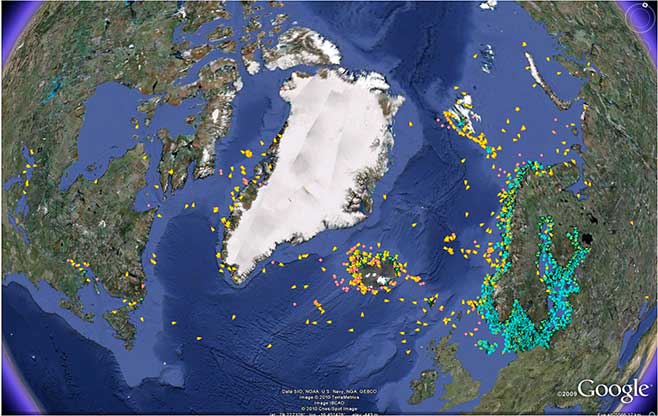
Mission Partners




